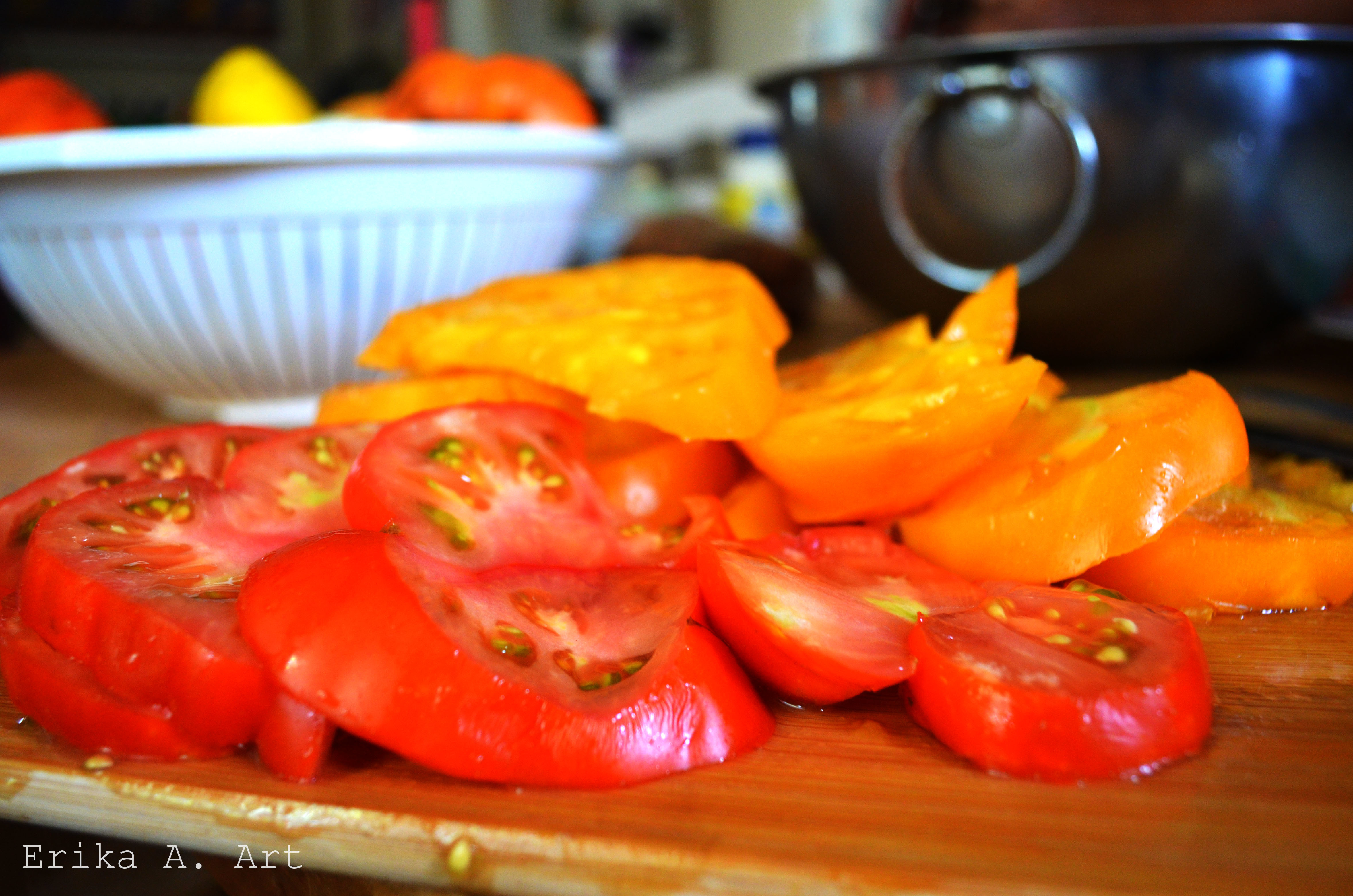
I'd like to tell you a story about food that pops with flavor and vitality. Such food is grown on biodynamic farms using an approach initiated by Rudolf Steiner. In 1924, he gave a series of eight lecture to farmers in Poland. They had noticed that the quality of their produce was declining and they wanted to learn how to improve their crops.
Steiner stressed the importance of developing intimacy with nature,” “Humanity has two choices—either start once again...to learn from the whole of nature,” he said, “...or to allow both nature and human life to degenerate and die off.” He encouraged farmers to imagine their farms as living organisms and to make a number of preparations to enliven the soil, including BD 500. To make BD 500, he advised farmers to fill cow horns with manure from mature lactating cows and bury them in deep holes in the fall, let them stay there all winter and dig them up in the spring.
The process sounds very foreign to our modern ears. We imagine farmers sitting inside cabs on giant equipment using the latest GPS technology to navigate their fields. Such an approach has lost touch with the subtle flow of nature that moves from Heaven to Earth to Heaven—a flow that swirls around, inside and out of every living thing—a process that moves from hand to land, from chaos to order and back again. Such is the intimate, yet absolutely incontrovertible, dance of nature.
BD 500 amplifies a process that draws the sun's energy down and into the Earth. Plants capture sunlight in their leaves. Cows choose which leaves to eat and digest them. The cow pats contain a lively mix of cow and plant energy. By stuffing the manure into cow horns in the fall, the farmer focuses that mix inside a deeply interior space: the horn. He then buries those horns in a deep hole in the ground where in winter, Earth's energies are most alive. Count them: there are seven steps in this descending cycle: from sun to plant to cow to manure to horn to hole in the ground to the belly of the Earth over the winter. Each step moves inward in a complex and intimate way. By spring, the manure has become “an extremely concentrated, enlivening and fertilizing force” that the farmer then stirs in a bucket of warm water and spreads on his fields.
I can buy BD 500, but I prefer to make it myself. On December 21, the rain stopped. I realized I could make the preparation before winter arrived. A friend had suggested that I choose a new spot for my hole where the land drains better. We have had the wettest season on record, so even in the new spot, water began seeping into the bottom of the hole at 18 inches. I buried six horns stuffed with manure from my pregnant heifer. Little I did was ideal: it was very late in the season, the hole was shallow and wet, the manure from my pregnant heifer, not a mature lactating cow.
My neighbor had just driven his giant combine across saturated fields to harvest corn and soybeans. The contrast between the approaches seemed especially apparent. His work had compacted the soil, even with his best efforts. At the very least, my work will do no harm, and the process engaged and enlivened me. Come spring, when I stir the prep in water and then spray it on my garden, I will bring that inner sensitivity to the land and its environment. Produce grown in the belly of such soil takes in those complex energies.
Our bellies catch the vitality and complexity of such food. Imagine if our conversation with food or with each other had seven layers of depth! A fine art, this farming is, an art that develops body, mind and spirit as it restores health and wholeness to the land, the natural world and each other. For truly, that is the story and the glory that food is meant to share.

